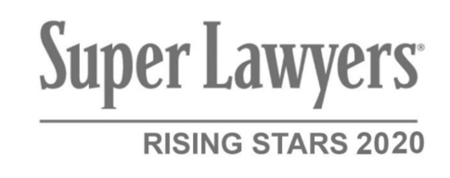Second Impact Syndrome
Published in Brain Injury on January 23, 2017
Reading Time: 3 minutes
The focus on concussions, especially as it concerns athletes, has increased exponentially in recent years. Helmets have become more durable and anyone suspected of sustaining a concussion is kept out of contact until they are healed, usually. Sometimes a concussion may not be detected, or a person returns to activity before the concussion has fully healed. This puts them at great risk for second impact syndrome (SIS).
What Is Second Impact Syndrome?
The name is a bit of a misnomer, as a person does not need to be hit in the head again after sustaining the initial concussion for SIS to occur. If the person does get hit, it does not need to be that strong to cause SIS; a football player being tackled in the chest or falling to the ground and hitting their head on the turf is perhaps the most common way this happens. Football players are the most susceptible to SIS due to the nature of the sport. Soccer and ice hockey players are very susceptible as well.
The brain is much more vulnerable to injury after a concussion, because it’s ability to regulate blood flow is damaged. This could lead to swelling (known as cerebral edema) or even herniation, which is quite often fatal. Due to the serious nature of SIS and concussions in general, many have wondered whether enough is being done to prevent it.
How Are Concussions Diagnosed?
The athletic field has come a long way from simply asking the injured person, “how many fingers am I holding up?” to determine whether they are okay to play. From high school on through to the professional leagues, any trainer or person otherwise diagnosing a player and giving advice on whether or not they can play must have special concussion training. Symptoms of a concussion include:
- Headache
- Disorientation
- Vomiting
- Slurred speech
- Temporary loss of consciousness
- Personality changes
- Memory problems
The signs of SIS – such as unconsciousness, respiratory failure, and loss of eye movement – are much more serious and potentially fatal. Medical attention should be sought for any suspected head injury, but if the symptoms of SIS are present, the situation is dire. Special emphasis should be placed on airway management, and the head, neck and spine stabilized.
How Can Second Impact Syndrome Be Prevented?
Preventing SIS rests squarely on the proper detection and treatment of a concussion. Sideline trainers and doctors will conduct field tests designed to examine your coordination, balance, reflexes and vision. If a concussion is suspected, then more sophisticated tests such as a CT scan or MRI will be necessary.
If you are diagnosed with a concussion, then you will have to avoid all contact and sports for a while. Sports fans have seen players take anywhere from two weeks to two months and longer to return from a concussion, so the length of time depends on the severity. Some things you may have to avoid include:
Any activity which requires mental concentration, such as video games, reading, watching TV or using a computer will likely be limited or banned altogether.
Pain relievers containing acetaminophen are recommended for use, as those containing ibuprofen may increase the risk of bleeding.
Avoid at all costs being hit in the head again, and do not participate in any sport until you no longer require medication for pain and have been cleared to do so by a doctor.
Overall, rest is essentially the only way to treat a concussion. Strenuous activity, whether physical or mental, should be very limited, and your doctor may suggest that you take time off or at least work shorter hours while you are healing.
Is Enough Being Done?
On the professional level of sports, the greater focus on concussions has been clear. But middle schools and high schools who may not have access to the same resources as professional teams have been somewhat behind the curve, according to multiple surveys and studies. Approximately 14 percent of high school athletes nationwide have reported experiencing symptoms of a concussion in the past year without being properly checked by a medical professional.
So if you suspect that your or your child has sustained a brain injury, stop them from playing immediately and seek medical attention. It may turn out to not be a concussion, but when it comes to your health or the proper cognitive development of your children, it’s better to err on the safe side.
For more information, call our law office at (617)-391-9001. Or if you would prefer to email us, then please visit our contact page.
Comments are closed.










